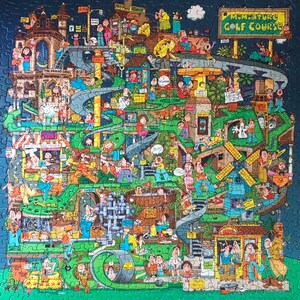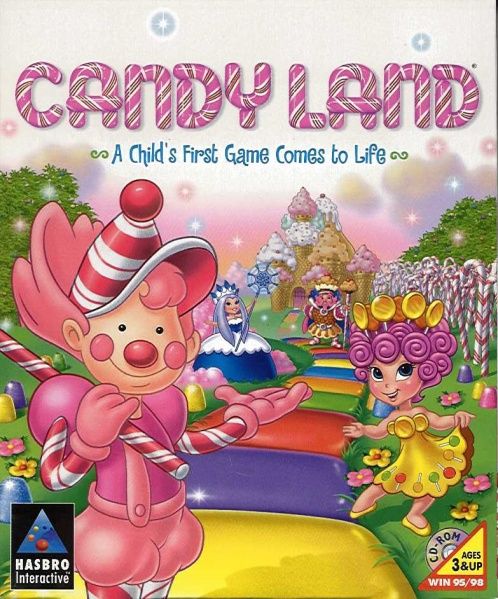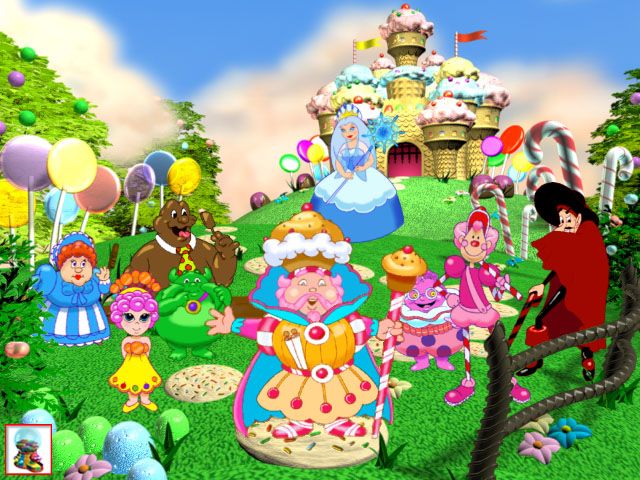

You had to push the correct button out of three on your side depending on which one the "ball" was heading towards. A mechanically moving LED moved back and forth between the players. It was a rather strange game, but a good game for its time. The game here is actually an electronic game as well, called Blip. Theme: hit the ball back to your opponent. It also earns the title of "longest time differential between the original electronic game and the board or card game". This card game is a dexterity speed game. Theme: bop things on the head as fast as they appear. A board or card game marked with an asterisk (*) is somewhat more interesting than the usual, either in my opinion or so I have been made to understand. Some video games spawned numerous board or card games, and these are mentioned.

When unknown, I write UNKN if you can fill these dates in for me, I would be much obliged. In the following listings, dates are given as video game/board game. In some cases, the game is something akin to multi-player solitaire, while in others each player takes on the role of adversary for his opponents.
#CANDYLAND PC GAME 1998 PROBLEMS HOW TO#
Some of the designs are cute recreations of their video equivalents, but without the interesting mechanics to back them up.Īnother challenge for adaptations is how to take an essentially single-player game and create a game for two to four players. While video games are challenging to your hand-eye coordination or logic, most board and card game adaptations relied entirely on spinners or dice, making them entirely unchallenging. Witness the large number of new and useless CCGs based on recent video games, included in the packaging or given away at conventions. The bad news is that many of these games are pretty much now loss leaders to get people to buy into the video game with little originality or creativity. As a result, the quality of this genre of game has shown some improvement. The good news is that companies have begun to discard this old notion of how to make licensed board and card game in recent years, instead creating tabletop games that only match in theme, just like the reverse procedure. The mechanics may be different: instead of pushing buttons and moving a joystick you'll play cards or roll a die.Īs a result, unless the original game was board or card game like to begin with, the resulting game has some heavy constraints to overcome. Therefore, if, in a video game, Mario jumps barrels, moves up levels, and avoids a gorilla, the board or card game is going to try to get all of those elements in the same order. On the other hand, a board or card game based on a video game generally tries to mimic not only the theme and story of the video game, but some element of the game play. These invariably disappoint unless they can be played multi-player, because usually the fun part of older board games was the player interaction, not the game play itself. The exception to this is a direct translation of a board or card game into video game format, such as a computer version of Risk or Settlers of Catan on the XBox. Update: see comments for a correction about this example. For instance, the first Civilization computer game was originally based on a board game of the same name, but aside from the idea of civilization-building, the play and the mechanics of these games had nothing to do with each other. Video games based on board or card games, or movies, need inherit only the theme from the game they imitate.

What is the difference between a board or card game based on a video game and a video game based on a board or card game? Nintendo takes this a step further and celebrates itself, rather than its games, as a brand ( Nintendo dominoes, Nintendo UNO, Nintendo Monopoly).įor this reason, the history of board and card games based on video games is not one of great games, with some improvements as of late.

Either they hope the board or card game will make a few bucks based on the popularity of the video game series, or they hope that the board or card game will increase sales to the video game through brand recognition.
#CANDYLAND PC GAME 1998 PROBLEMS LICENSE#
Why do companies produce or license board and card games to be created from their video games?īrand recognition.


 0 kommentar(er)
0 kommentar(er)
